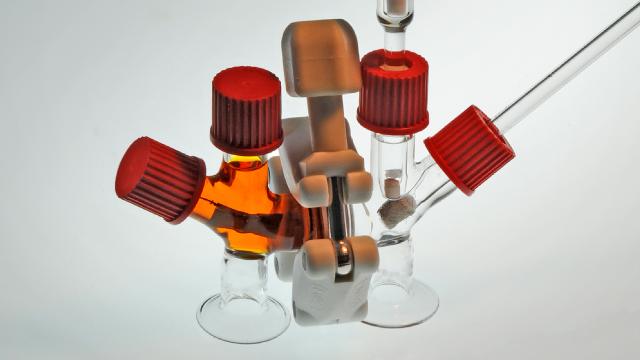Researchers have created a new battery which can apparently store twice as much energy as lead-acid batteries and costs 100 times less.
But is it really the answer?
The key ingredients for this battery are sulfur, water, air and salt – materials that come in at $1 per kilowatt hour. That’s far cheaper than the $10 to $100 needed for what we are current using.
The downside? It’s going to take up a whole lot of space, and it’s not going to last as long. We’re looking at about 1,500 hours of operation time up against a five to 20 year lifespan, which is a significant difference.
Researchers at Massachusetts Institute of Technology led the research.
“It has become increasingly clear that in order for renewable energy to become the main part, if not all, of our electricity generation system, it needs to match the output of the demand that we have as a society,” said Yet-Ming Chiang from MIT’s Department of Materials Science and Engineering.
“We think that this work helps move us in the right direction and creates more hope that this is possible, but we need to push it ahead very quickly because we don’t have a lot of time.”
But the problem we face to make this a feasible reality, is storage.
We need to be able to access the energy produced by renewable sources at all times, it needs to be uninterrupted. But renewable energy comes with an element of variability. It might be a cloudy day, the wind may be still. Storing energy from sunnier or windier days is essential.
Right now we are still very much in the early days of energy storage, with only a small amount of what’s being generated able to be stored. The cost of batteries is a huge factor in this, researchers say.
So why sulfur? It’s everywhere (well, almost) due to being a byproduct of natural gas use, so it helps bring that all-important cost down.
How does it work, though? Well batteries are made up of a positive anode, a negative cathode, and an electrolyte to carry the charge. The researchers wanted to see what would happen with sulfur as the cathode, and water as the electrolyte.
“We went on a search for a positive electrode that would also have exceptionally low cost that we could use with sulfur as the negative electrode,” Chiang says.
“Through an accidental laboratory discovery, we figured out that it could actually be oxygen, and therefore air. We needed to add one other component, which was a charge carrier to go back and forth between the sulfur and air electrode, and that turned out to be sodium.”
But why did it end up too big to be a reasonable solution? With the guts sorted, the team needed to work out what the battery would look like. A “flow battery” set up was decided on – where pumps and tubes and electrical charge makes the components of the battery flow past each other, which generates the chemical reactions needed to capture electrons.
The problem is the amount of electrical charge that can be stored depends on the amount of liquid in the anode and cathode. This means that the battery needs to take up more space than what is traditionally used.
“We hope to get the community thinking more about long-duration storage, which we’ll need more of as we reach higher penetration of renewables onto the energy grid,” Chiang says.
“For example, there are seasonal variations, and we’ll have to figure out how to deal with that. Up until now, electrochemical storage is not the first thing that people think about to accommodate that seasonal variation, just because the cost of it is so high.”
[Cell]
